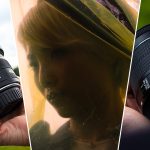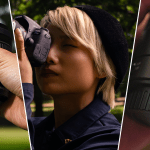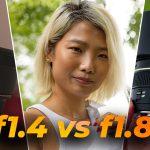In this article, we’re going to cover two lenses, the Canon EF 50mm f1.4, and the EF 75-300mm lens. An unlikely pair, but in this review, we’ll discuss what they’re good for, and the issues that they both have.
Let’s dive in.

Aperture & Focal Length
Let’s start with aperture and focal length. In the case of the 50mm f/1.4, the aperture opens quite wide, up to f1.4. Rather counterintuitively, the lower the f-number is, the wider the aperture is, and thus the more wide open the lens is. The reason why this is relevant, is because the wider a lens can open, the more light it can allow in.
In the case of the EF 75-300mm lens, its aperture can open as wide as f/4 when zoomed all the way out, and f5.6 when zoomed all the way in.
Focal Length
What about focal length?
The EF 50mm f/1.4 has a fixed focal length of 50mm. This means that it’s not a zoom lens, like the EF 75-300mm, also called a variable aperture lens, but a prime lens.
The benefit of a prime lens is that it tends to take sharper photos. The disadvantage is obviously the fact that you can’t zoom in and out.
The 50mm focal length is considered to be quite good all-around, which makes it a very versatile lens. If used on a cropped sensor camera, as opposed to a full-frame camera, the focal length actually changes. In the case of Canon, you have to multiply what it says on the lens by 1.6. So, 50mm x 1.6 = 80mm
When it comes to portraits, 85mm is considered to be the most flattering focal length, so using this lens on a cropped sensor camera, like the Canon 77D, for example, or the 250D, will get you quite close to that.
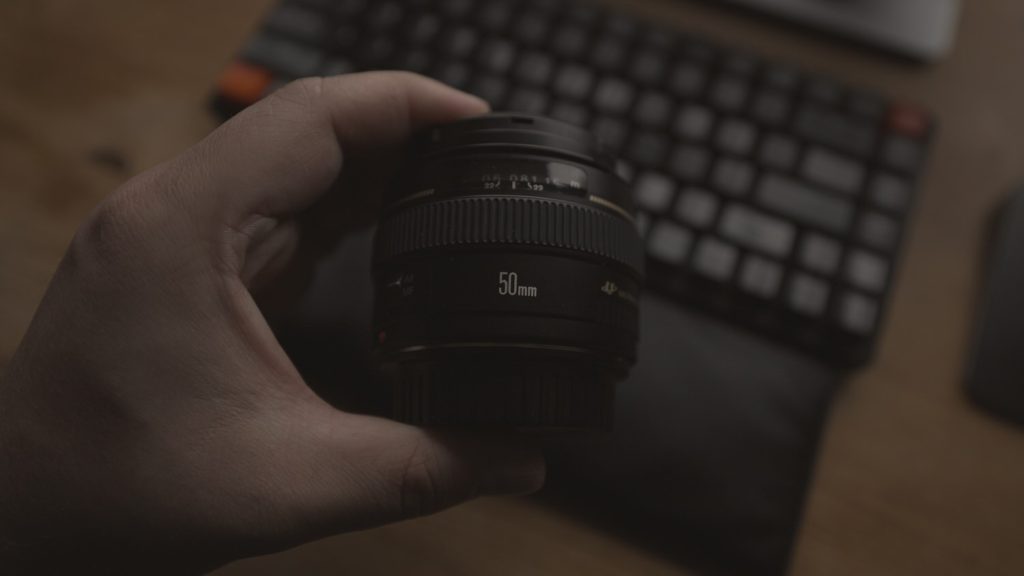
Distortion
All lenses cause some level of distortion to the features of the subject, but 85mm is considered to be the most flattering for humans.
In the case of the EF 75-300mm, the focal length is obviously variable. The ability to zoom from 70mm, all the way to 300mm is a great boon when photographing wildlife, as you want to vary the distance at which you’re zooming at, without actually moving.
This lens can also be used for portraits, just like the 50mm f1.4, and I’ll show you some examples later on in this review.
Size & Build
Next up, let’s have a look at the physical size of these lenses, as you will have to carry them around with you. The Canon 50mm f/1.4 measures 73.8 x 50.5mm, or 2.9″ x 2″, and weighs in at 290g, or 73.8oz.
The EF 75-300mm measures 71 x 122.1mm, or 2.8 x 4.81″, and weighs in at 480g, or 16.93oz.
What about build quality?
The EF 75-300mm is more entry-level, while the EF 50mm f/1.4 is closer to mid-level. As you might expect, the EF 50mm f1.4 does feel nicer in the hand.
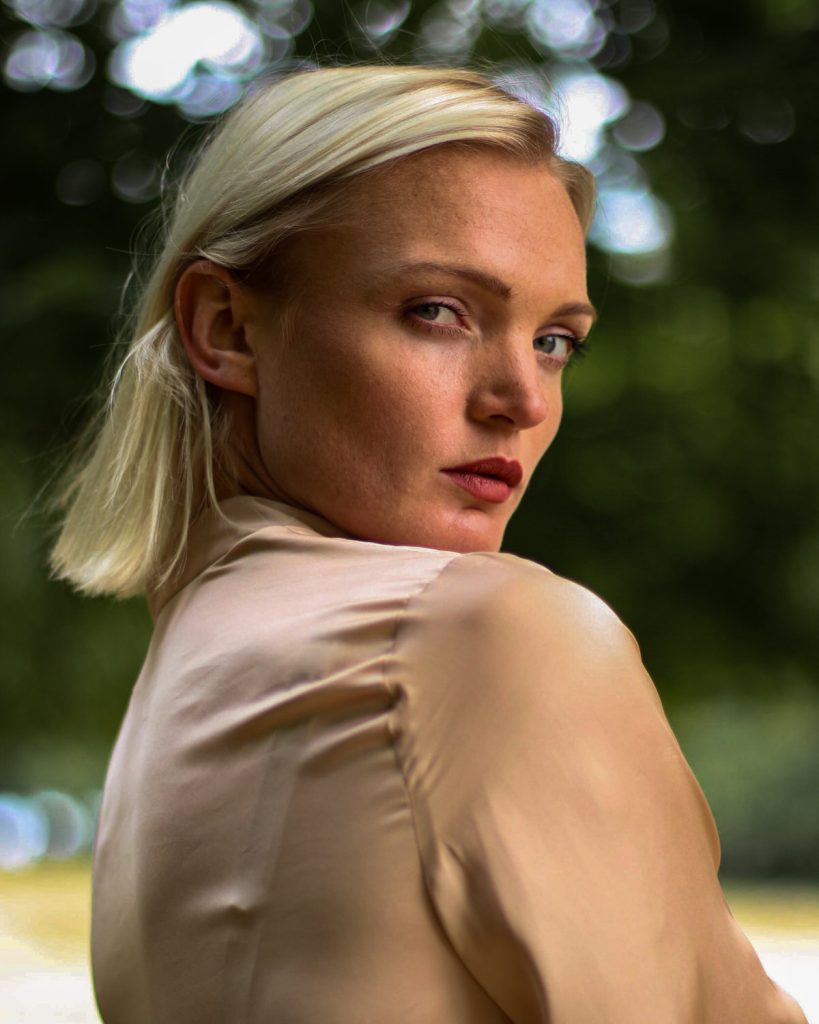
Image Quality
Next up, what kind of images can they produce?
Just because a lens is on the more affordable side, that doesn’t mean that it can’t produce quality images. I think I’ve proven this over and over on this channel, but fundamentally, other aspects of photography make a whole lot more difference than the cost of the lens.
A more expensive lens will make your job easier, it will produce fewer optical defects, and will generally help you produce cleaner images.
Low Light
And thus we arrive at the main issue with the EF 75-300mm, which is the fact that it’s not great in low light. The fact that its aperture can open up to f/4 means that it allows in a lot less light than the EF 50mm’s f1.4
This is often the case with tele lenses, like the 75-300mm, but it’s something worth bearing in mind.
What else can we learn about these lenses, and what is the main issue with the 50mm f1.4?
Image Stabilisation
Do these lenses have image stabilisation? Nope. Neither of them do, but that hurts more when it’s missing in a more expensive lens, like the EF 50mm f1.4.
Vignetting
What about vignetting?
Some does occur with both. Vignetting is when you get a bit of darkening in the corners of the photo. This isn’t really a problem in my opinion, as it adds depth to the images, and it allows you to focus more on the subject in the centre of the frame.
This works especially well for portraits.
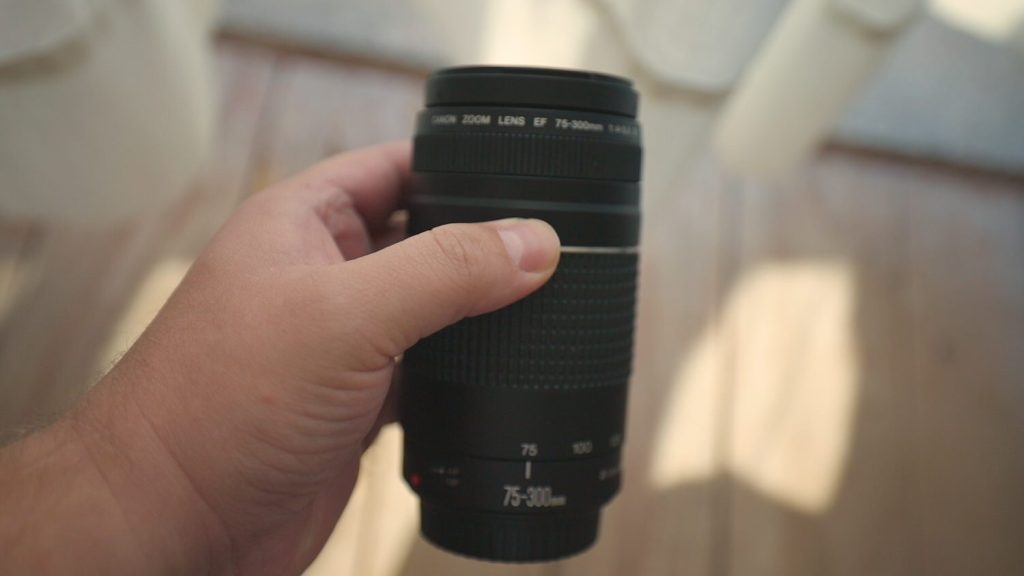
Chromatic Aberration
What about chromatic aberration?
When taking photos with more entry-level lenses, especially in the evening, you can sometimes get chromatic aberration along straight lines in your photos.
This tends to manifest as a kind of colour bleed, that follows the straight line in the image. This isn’t noticeable by non-photographers, and you can often only spot it if you zoom in really closely.
Thus, it’s not a huge problem, but it is something to be aware of.
Sharpness
Next up, what about sharpness?
Like most entry-level lenses, both tend to be sharper in the centre than in the corners. Again, this isn’t a huge issue, as your subject will almost always be closer to the centre of the frame, than the sides.
Minimum Focusing Distance
What about minimum focusing distance?
Any lens requires a certain amount of ‘room’ to focus. If you get too close to your subject, it won’t be able to lock on. As a result, each lens has a minimum distance from the subject, that it needs to actually focus.
In the case of the EF 75-300mm lens, that distance is 1.5m, or 4’11”. In the case of the EF 50mm f/1.4 lens, it’s only 45cm, or 1.5 feet.
So, simply put, the EF 50mm f/1.4 lens can be a lot closer to the subject, whilst the EF 75-300mm lens needs to be a certain distance away.

Bokeh
What about Bokeh?
Bokeh is that nice blurriness in the background of a photo, which helps isolate the subject from their environment, and which makes you look a lot more ‘pro’.
There are various factors which affect Bokeh, but aperture is a pretty big one. The wider the aperture, the blurrier the background. As a result, the Canon EF 50mm f/1.4 wins out on this one.
Compatibility
So, which camera bodies are these lenses compatible with?
They’re basically compatible with most Canon DSLRs, which have an EF/EF-S mount. This applies to the Canon 77D, 250D, 600D, etc. I’ve actually reviewed quite a lot of Canon cameras on my YouTube channel, feel free to check them out.
Before making a purchase decision on a lens, always make sure to double-check which mount your camera has, so that you know it’ll fit.
Vlogging
What about vlogging? Is either of them good for that?
Well, not really. Both are too zoomed in. If you want to hold your camera in your hand, both would be far too zoomed in.
YouTubers
What about if you want to create online content, such as for YouTube?
Well, both would work, but I’d really recommend going with the EF 50mm lens on this one. You’d need a lot less space between you and the camera, and the fact that it opens up to f/1.4 means that you’ll need less light, and you’ll also get much nicer blurrier backgrounds.
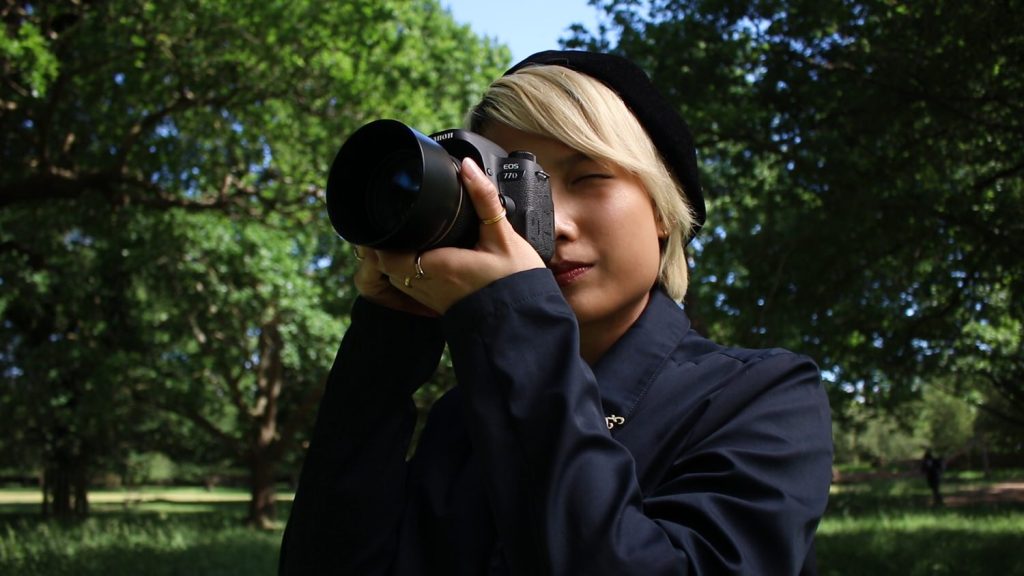
Applications
So what were these lenses designed for?
In the case of the EF 75-300mm lens, it’s really designed for capturing sports or wildlife. When zoomed in all the way at 300mm, you can reach far further than the 50mm lens ever could.
Also, if you remember the formula from earlier, if you mount this lens on an APS-C camera, or cropped sensor camera, its real focal length is 1.6 of what it says on the body.
So 75-300mm times 1.6 is really 120-480mm. That’s a lot of millimetres. This would allow you to reach quite far, but to be honest, when zoomed in all the way in, with a cropped sensor body, you’re going to need either a tripod, or a monopod.
The reason is because at that length, any slight movement of your hand can cause you to easily lose your subject. Yeah, it’s that zoomed-in.
The EF 50mm lens is a more all-around lens, also nicknamed the ‘nifty fifty’. I suspect most people use it for portraits, which is what I mostly do, but realistically you can basically use it for anything.
Even though it’s great at a lot of stuff, I’d say this lens is actually quite good for street photography. The reason is that it’s not too wide, so you can be a bit further away from your subjects, but not so long that it draws too much attention and intimidates people.
It’s not that great for video though, as it lacks IS, or image stabilisation, but it’s definitely fantastic for photos.
Control
How easy are they to use?
So they both have the usual AF/MF button on the side, which allows you to easily switch between modes. The 75-300mm has a zoom ring, which isn’t quite as smooth as I’d like. Sometimes you need to put a little bit of force behind it, as it doesn’t always zoom as smoothly as you might expect.
Longevity
What about longevity? How durable are these lenses?
So neither of them have weather sealing, which means you need to be a bit careful with how you store them, and how you protect them when they’re being carried around.
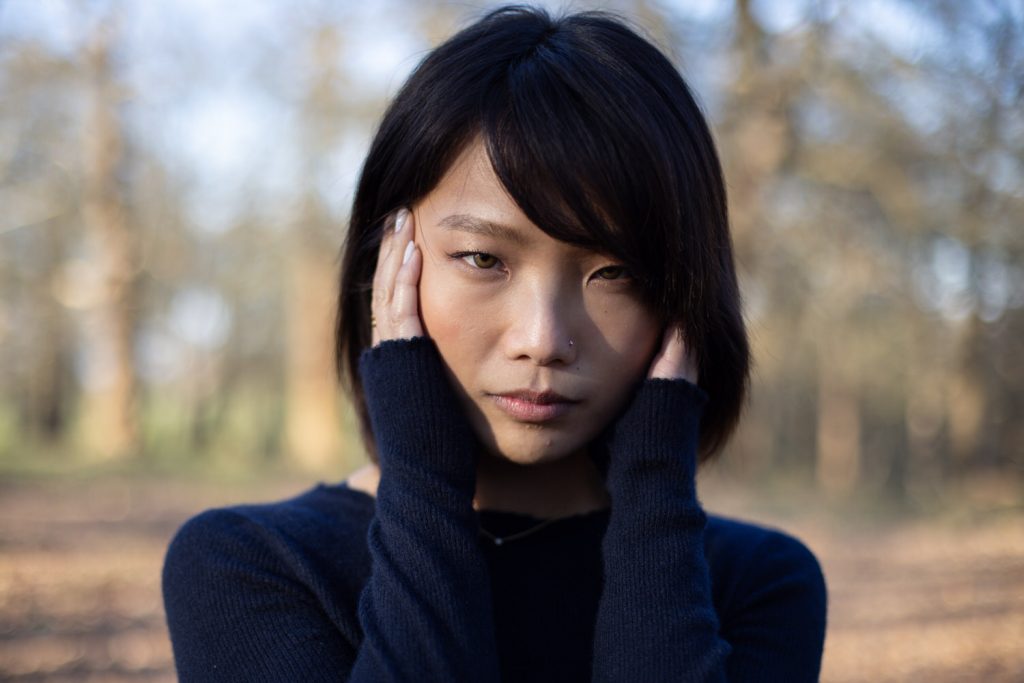
Conclusion
In conclusion, which one should you buy?
Well, if you really want to photograph wildlife and sports, the EF 75-300mm is the logical choice. It can zoom quite a bit, allowing you to capture animals and birds from a distance.
It’s not a perfect lens, and it can struggle a bit in low light, but it’s also very affordable.
If you don’t really care about photographing wildlife, the EF 50mm f1.4 is the better choice. This lens will enable you to do basically anything, from street photography and portraits, to product and landscape photography.
If you’ve already learnt a bit about photography and videography, and you’d like to graduate to something more mid-range, feel free to have a look at the lens review playlists on my YouTube channel.
I’ve reviewed all sorts of lenses, from the Canon EF 50mm f1.4 and EF 50mm f1.8, to the Canon RF 15-35mm f2.8 L IS USM, and the Canon RF 85mm f1.2 L USM.
If you’d like to purchase any of the items I’ve mentioned in this article, or see how much they cost in your country, I have a link down below where you can view them.
Thank you for reading my comparison review of the Canon EF 50mm f1.4 vs EF 75-300mm. I invite you to have a look at some of my other articles. We have something for everyone, whether you’re interested in audio, or cameras and lenses. Alternatively, if you prefer video reviews, feel free to have a look at my YouTube channel.
Product Links
Down below you will find all of the items I talked about in this article.
